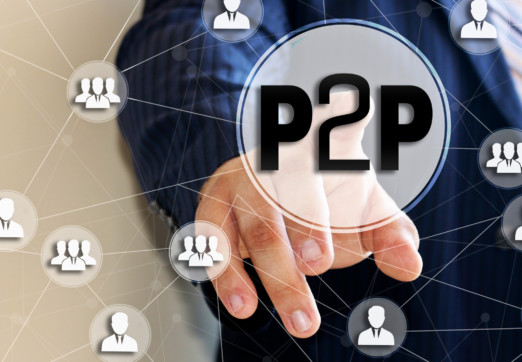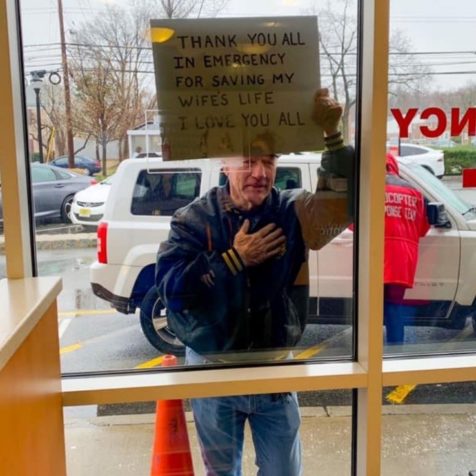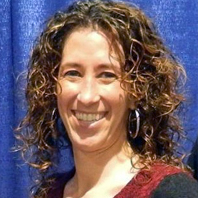Harnessing Big Data to Sustain Peer-to-Peer Revenue Throughout the COVID-19 Pandemic

Learn how leveraging big data can help sustain peer-to-peer fundraising revenue for social good organizations.
We are in the midst of the most unpredictable spring peer-to-peer (P2P) fundraising season in history. Events are being cancelled, postponed, or converted to virtual. Through the uncertainty, nonprofit staff, volunteers, and fundraisers show signs of being resilient, resourceful, and resolute.
As we collectively continue to accept our new reality, many of us wonder about the future. We ask questions that were unthinkable just a short time ago. Are we flattening the curve? If we increase our social distance and stay home, how will it impact hospitalizations? We’ve all seen the charts, where our actions directly affect outcomes. Data scientists and epidemiologists are working hard to use a vast amount of data to impact the pandemic. They are using big data to predict disease spread, artificial intelligence to predict which patients will need the most care, and machine learning to develop treatments.
Data science will play a critical role in saving lives, but it also has other uses, some of which can help us navigate P2P during these unpredictable times. As technology and creativity will increasingly empower the next generation of socially distant fundraisers, cutting-edge nonprofits will turn to advanced data strategies to identify and communicate with them. Big data can help sustain P2P revenue.
Predictive Scoring
Predictive scoring is a common use of big data in many industries. You’re probably familiar with your credit score. This predictive score is assigned to you in order to provide information to lenders on your probability of making timely payments in the future. The lower your score, the more likely you are to make late payments or default on the loan. The higher your score, the more likely you are to pay on-time and in-full, resulting in loans with more favorable rates and conditions.
Similarly in fundraising, we can use predictive scoring to determine a supporter’s likelihood to become a P2P fundraiser. Armed with these scores, we can then make informed decisions on how much time, budget, and effort to commit to each individual.
Complex Data Driven Personas
Once we know who is most likely to fundraise, we can take big data to the next level. Understanding someone’s likelihood does not necessarily shed light on their motivations or what types of communications would resonate best with them. For this, we look to personas derived from complex statistical models.
Recently, Blackbaud data scientists performed a cluster analysis of 1.4 million fundraising peer-to-peer participants and 1.3 billion individual fundraising actions. As a result, they uncovered nine distinct data-driven personas that will help organizations better connect with their supporters and ultimately increase P2P campaign revenue. By matching constituents to a persona, we’re now able to engage with each segment in a more personal way, by targeting P2P participants with communications based on their wants, needs, and preferences.
Examples of Leveraging Peer-to-Peer Advanced Insights
Higher Education
Many higher education institutions are raising significant funds from P2P campaigns, with DIY the flavor of choice for most. With P2P likelihood scores and personas, they could:
- Build a new COVID-19 specific P2P campaign using information about the potential that exists within their database to support a new endeavor.
- Find high scoring individuals who would be likely to start a DIY fundraiser in connection with an institutional Giving Day.
- Arrange for priority personas within P2P fundraising programs to receive personal outreach from students to thank the fundraiser and explain what their education has meant to them, especially during these times.
Healthcare and Hospitals

Healthcare systems and hospitals have been creating COVID-19 relief funds with an incredibly compelling ask. With P2P likelihood scores and personas, they could:
- Identify grateful patients and family members who would be likely to fundraise based on their experience and connection to the hospital.
- Target high scoring constituents by birthday month to create Facebook Fundraisers on the hospital’s behalf.
- Use personas to create a P2P portfolio of fundraisers to receive VIP treatment and more personal touch points.
Nonprofits
Organizations that have traditional runs, walks, rides, and endurance events are grappling with event cancellations and uncertainty. These organizations are expanding their P2P portfolios with the addition of virtual and DIY fundraising campaigns. With P2P likelihood scores and personas, they could:
- Identify local, regional, or national influencers who score high in fundraising likelihood and build a new COVID-19 fundraising campaign around them.
- Likelihood scores help justify adding constituents to P2P communication streams by taking the guesswork out of determining which segment of the database to target.
- Discover, message, and cultivate priority personas within converted virtual events by overlaying fundraising and participant numbers with participant persona assignments.
Advanced P2P data analysis in the form of probability backed likelihood scoring, along with data-driven personas, can help innovative nonprofits not only through these uncertain times, but well into the future.



